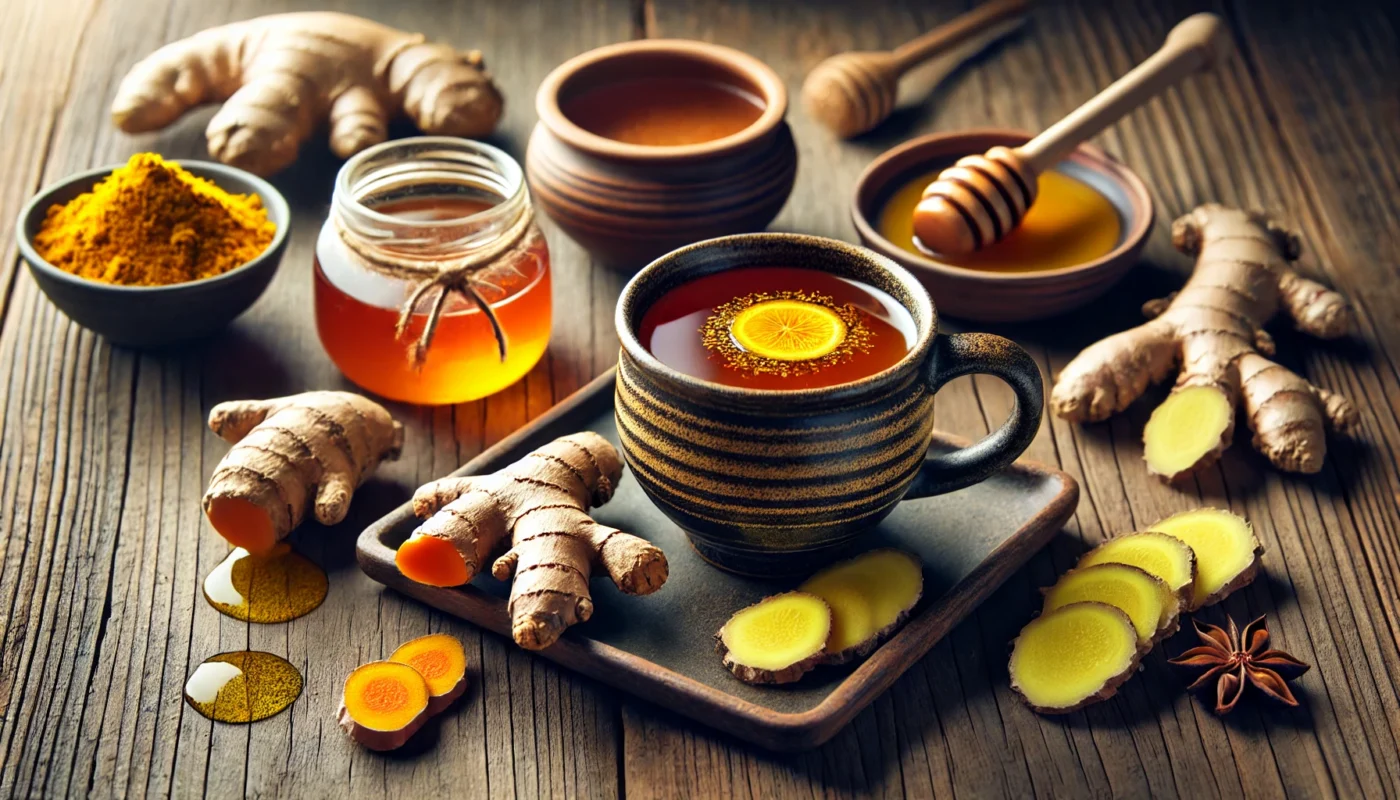Arthritis is a broad term encompassing over 100 different types of joint-related conditions. Among the most common are osteoarthritis and rheumatoid arthritis, each presenting unique symptoms and challenges. While osteoarthritis results from wear and tear of the cartilage, rheumatoid arthritis is an autoimmune disorder where the body attacks its own tissues.
Tag Archives: arthritis
Pain medications, or analgesics, are a diverse group of drugs used to relieve pain. They range from over-the-counter options to prescription medications, each with its own mechanism of action, efficacy, and side effect profile. Understanding how these medications work and their potential impact on the body is crucial for effective pain management.
In recent years, coconut oil has transcended its traditional culinary uses, emerging as a staple in holistic health practices. With its myriad of benefits, this versatile oil has piqued the interest of researchers and health enthusiasts alike. A significant area of interest is its potential antibacterial properties. But how credible are these claims? Can coconut oil really kill bacteria, and does it possess antibiotic qualities? Let’s delve into the scientific research and practical applications of coconut oil to explore its antibacterial benefits.
Before exploring holistic approaches, it’s essential to understand what arthritis entails. Two common types are osteoarthritis (OA) and rheumatoid arthritis (RA). OA is a degenerative joint disease, while RA is an autoimmune disorder where the body’s immune system attacks its joints.
Arthritis, a condition characterized by inflammation and stiffness of the joints, can significantly affect one’s quality of life. The persistent pain and discomfort can make daily activities challenging. While conventional medicine offers various treatments, many individuals seek alternative approaches to manage their symptoms. This article delves into natural solutions and home remedies that can be integrated into your routine to alleviate arthritis pain and improve joint health.
In the realm of nutrition and wellness, the debate surrounding whether certain foods are inflammatory or anti-inflammatory often arises. Among these contentious foods are tomatoes and potatoes. Both are staples in many diets, yet they are frequently scrutinized for their potential inflammatory properties. So, do tomatoes and potatoes cause inflammation, or are they unfairly maligned? This article will explore the intricate relationship between these foods and inflammation, providing a comprehensive overview for those seeking clarity.
Natural NSAIDs are compounds found in nature that exhibit anti-inflammatory properties similar to conventional NSAIDs like ibuprofen and meloxicam. These natural alternatives can be derived from plants, herbs, and other natural sources. The search for natural NSAIDs has intensified as people seek to harness the power of nature in managing pain and inflammation. Various cultures have used natural remedies for centuries, and modern science is beginning to validate these traditional practices.
Before diving into the specific foods to avoid, it’s important to understand how diet influences arthritis. Certain foods can trigger inflammation, a key factor in arthritis flare-ups. By identifying and eliminating these foods from your diet, you can potentially reduce inflammation and alleviate joint pain.
Inflammation is a natural immune response, but chronic inflammation can lead to a variety of health issues, including arthritis. When inflammation persists over time, it can cause damage to healthy tissues, contributing to the development and progression of arthritis. Understanding the biochemical pathways of inflammation can help in identifying the dietary triggers that exacerbate arthritis symptoms.
Certain foods can either promote or reduce inflammation. Pro-inflammatory foods can lead to the production of substances in the body that worsen inflammation, while anti-inflammatory foods can help reduce these substances. By making conscious dietary choices, individuals can manage their inflammation levels, potentially reducing arthritis-related pain and discomfort.
Arthritis is a term that encompasses over 100 different types of joint diseases and conditions. The most common forms are osteoarthritis, which results from wear and tear on the joints, and rheumatoid arthritis, an autoimmune disorder where the body’s immune system attacks its own tissues. The impact of arthritis goes beyond physical discomfort, affecting emotional well-being and daily activities.
In this article, we delve into the science behind foods that help with pain, exploring both traditional and holistic perspectives. Armed with this knowledge, you can make informed choices that support your health journey.










